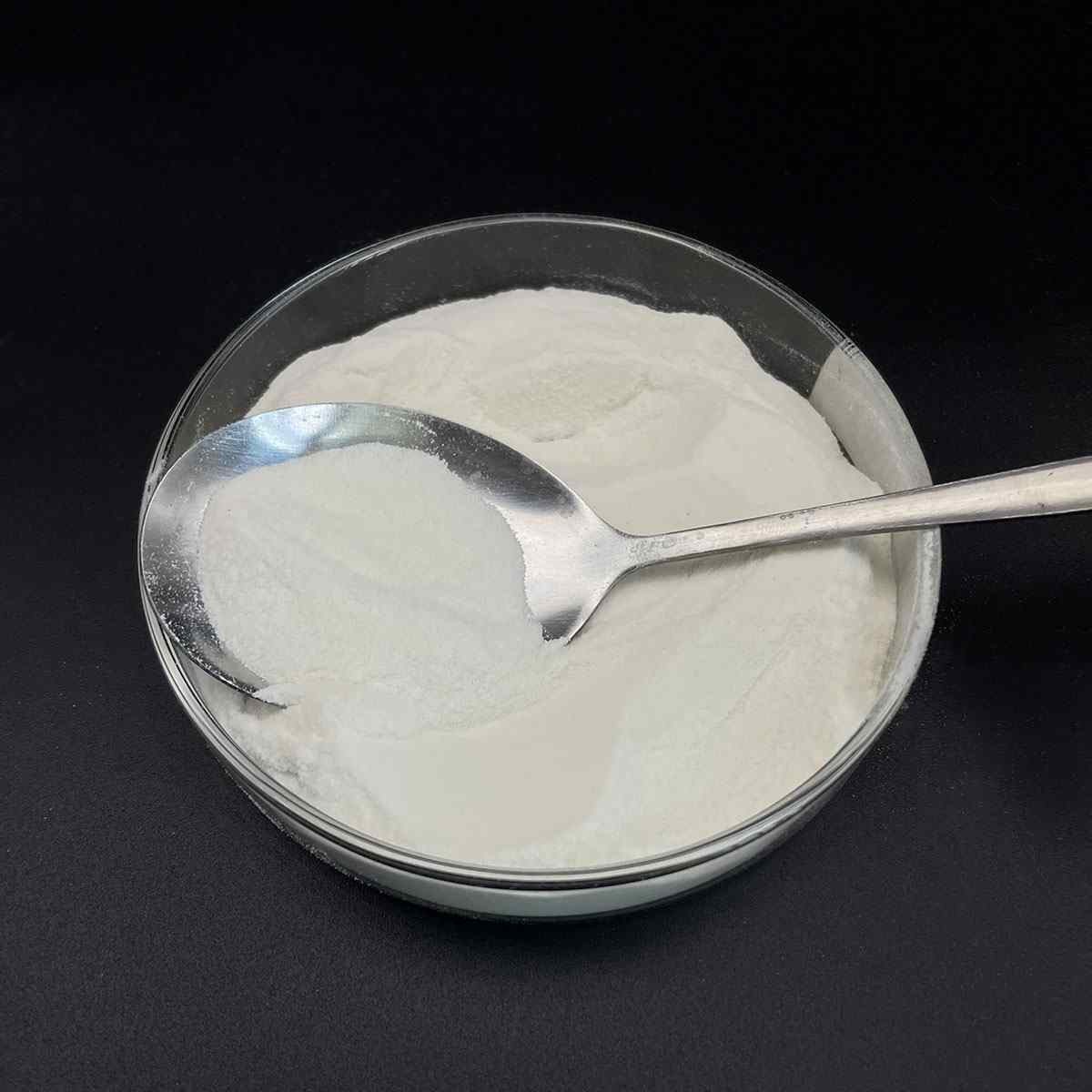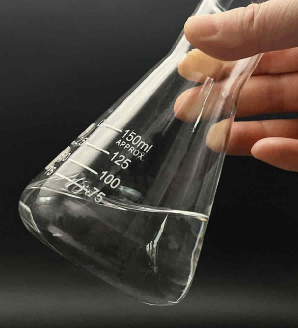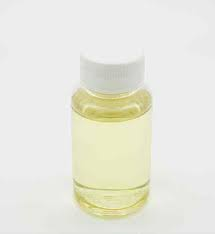1. Introduction
Just 36 hours ago, the European Commission quietly updated its Cosmetic Ingredient Review (SCCS) opinion on sodium lauryl sulfate (SLS), reigniting a decades-old debate: is this common surfactant a skin-savaging demon or just misunderstood? Social media exploded with #SLSFree hashtags, while chemists rolled their eyes into the back of their lab coats. So, let’s cut through the foam and find out what’s really going on with sodium lauryl sulfate—and how it stacks up against its bubbly cousins.

2. What Exactly Is Sodium Lauryl Sulfate?
Sodium lauryl sulfate—also known as sodium dodecyl sulfate (SDS), na lauryl sulfate, natrium lauryl sulfate, or simply sls sodium lauryl sulfate—is an anionic surfactant. The meaning of surfactant? It’s a surface-active agent that reduces surface tension, helping water mix with oil and dirt so they can be rinsed away. Think of it as the ultimate party mediator between oil and water.
Despite its villainous rep, SLS is incredibly effective at creating rich lather in shampoos, toothpastes, and body washes. But effectiveness comes at a cost: it can be harsh on sensitive skin, especially at high concentrations.
3. SLS vs. SLES: The Great Sulfate Showdown
Enter sodium laureth sulfate (SLES)—also called sodium lauryl ether sulfate, sodium lauryl ether sulphate, laureth sulphate, or sls sodium laureth sulfate. Unlike SLS, SLES is ethoxylated, meaning it’s been treated with ethylene oxide to make it milder. This process gives it the nickname ‘laureth’ (short for lauryl alcohol ethoxylate).
While both are anionic surfactants, SLES is generally gentler on the skin and eyes. However, the ethoxylation process can sometimes leave trace amounts of 1,4-dioxane—a potential carcinogen—though modern purification methods minimize this risk. So if you see ‘sulfate laureth’ or ‘sulphate laureth sulfate’ on a label, it’s likely SLES, not the more aggressive SLS.
4. The Rise of Gentler Alternatives

As consumers demand cleaner, kinder formulas, brands are turning to alternatives like alkyl polyglucoside, decyl glucoside, and coco glucoside. These are nonionic surfactants derived from sugar and coconut oil—making them bio surfactants that are biodegradable and skin-friendly.
Other popular options include:
- Sodium cocoyl isethionate: A mild, creamy surfactant often used in ‘syndet’ bars.
- Sodium lauroyl sarcosinate (or lauroyl sarcosinate): A sarcosinate-based surfactant known for gentle cleansing in toothpaste.
- Cocamidopropyl betaine (also called coco betaine, amidopropyl betaine, or cocamido): An amphoteric surfactant that boosts foam and reduces irritation from anionic types like SLS.
These alternatives may not lather as dramatically as SLS, but they’re far less likely to leave your scalp feeling like a desert.
5. Beyond the Bathroom: SLS in Agriculture and Industry
Sodium lauryl sulfate isn’t just for shampoo—it’s also used as a surfactant for herbicides and a lawn wetting agent. Farmers add it to weed killers to help the solution stick to waxy plant leaves, improving absorption. In this context, it’s often compared to methylated seed oil or nonionic surfactants like polysorbate 80 (also known as span80) and ethoxylated alcohols.

However, newer bio surfactants like rhamnolipids or lignin sulfonate are gaining traction as eco-friendly wetting agents for grass and crops. Even companies like Rohit Surfactants Private Limited are investing in sustainable surfactant blends that avoid traditional sulfates altogether.
6. The Anionic vs. Cationic vs. Amphoteric Circus
Not all surfactants play nice together. Anionic surfactants (like SLS, ammonium lauryl sulfate, sodium dodecylbenzene sulfonate) carry a negative charge. Cationic surfactants (like cetyl trimethyl ammonium bromide or cetyltrimethylammonium bromide) are positively charged and often used as conditioners or antimicrobials—but they can neutralize anionic ones if mixed.
Amphoteric surfactants (like cocamidopropyl betaine) are the diplomats of the group—they can switch charges depending on pH. That’s why they’re often paired with SLS to calm its temper.
Meanwhile, nonionic surfactants (like pluronic 127, poloxamer 188, or decyl glucoside) have no charge and play well with everyone—making them ideal for sensitive formulations.
7. Should You Avoid SLS?
If you have eczema, rosacea, or ultra-sensitive skin, skipping SLS might be wise. But for most people, products with low concentrations (under 1–2%) are perfectly safe. The real issue? Misinformation. SLS isn’t the same as sodium laureth sulfate, and neither is inherently toxic when used as directed.
And no, SLS won’t give you cancer—despite what that viral TikTok claims. Regulatory bodies worldwide, including the FDA and EU SCCS, consider it safe in rinse-off products at approved levels.
8. Conclusion
Sodium lauryl sulfate isn’t evil—it’s just efficient. Like a blunt chef’s knife, it gets the job done but can cut you if you’re not careful. The key is context: concentration, formulation, and your skin’s tolerance. With gentler alternatives like alkyl polyglucoside, coco betaine, and sodium cocoyl glutamate on the rise, you’ve got options. So next time you see ‘sls sulfate’ on a label, don’t panic—just check the rest of the ingredients. And maybe skip the DIY SLS face scrub… unless you enjoy looking like a lobster.
Our Website founded on October 17, 2012, is a high-tech enterprise committed to the research and development, production, processing, sales and technical services of ceramic relative materials such as Is. Our products includes but not limited to Boron Carbide Ceramic Products, Boron Nitride Ceramic Products, Silicon Carbide Ceramic Products, Silicon Nitride Ceramic Products, Zirconium Dioxide Ceramic Products, etc. If you are interested, please feel free to contact us.


